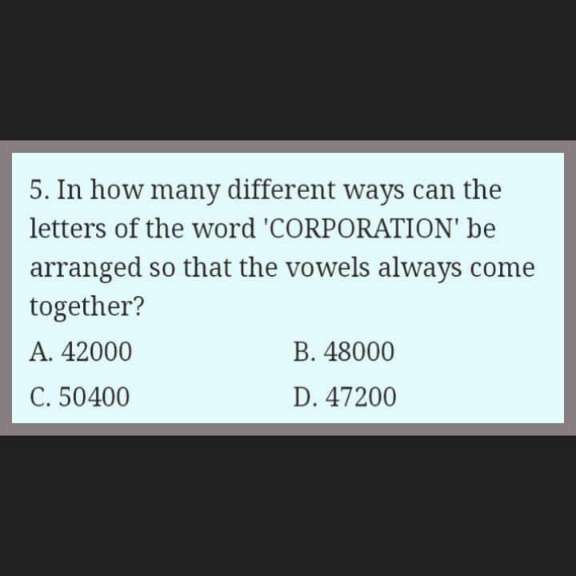
AllQuestion and Answers: Page 674
Question Number 151533 Answers: 0 Comments: 10
Question Number 151531 Answers: 0 Comments: 1

Question Number 151519 Answers: 0 Comments: 0
Question Number 151518 Answers: 0 Comments: 0

Question Number 151513 Answers: 2 Comments: 0
Question Number 151504 Answers: 1 Comments: 0
Question Number 151503 Answers: 1 Comments: 0
Question Number 151501 Answers: 1 Comments: 0
Question Number 151496 Answers: 1 Comments: 0
Question Number 151495 Answers: 0 Comments: 4

Question Number 151493 Answers: 0 Comments: 2
Question Number 151492 Answers: 0 Comments: 0
Question Number 151490 Answers: 1 Comments: 0
Question Number 151486 Answers: 1 Comments: 0
Question Number 151485 Answers: 1 Comments: 0

Question Number 151481 Answers: 0 Comments: 2
Question Number 151636 Answers: 1 Comments: 4

Question Number 151475 Answers: 2 Comments: 0
Question Number 151468 Answers: 2 Comments: 0
Question Number 151461 Answers: 1 Comments: 0
$$\int\frac{\mathrm{xdx}}{\mathrm{x}^{\mathrm{4}} +\mathrm{4x}^{\mathrm{2}} +\mathrm{5}} \\ $$
Question Number 151460 Answers: 1 Comments: 0
Question Number 151454 Answers: 0 Comments: 2
Question Number 151453 Answers: 0 Comments: 7
Question Number 151449 Answers: 2 Comments: 0
Question Number 151448 Answers: 1 Comments: 2
Question Number 151447 Answers: 1 Comments: 0
Pg 669 Pg 670 Pg 671 Pg 672 Pg 673 Pg 674 Pg 675 Pg 676 Pg 677 Pg 678
